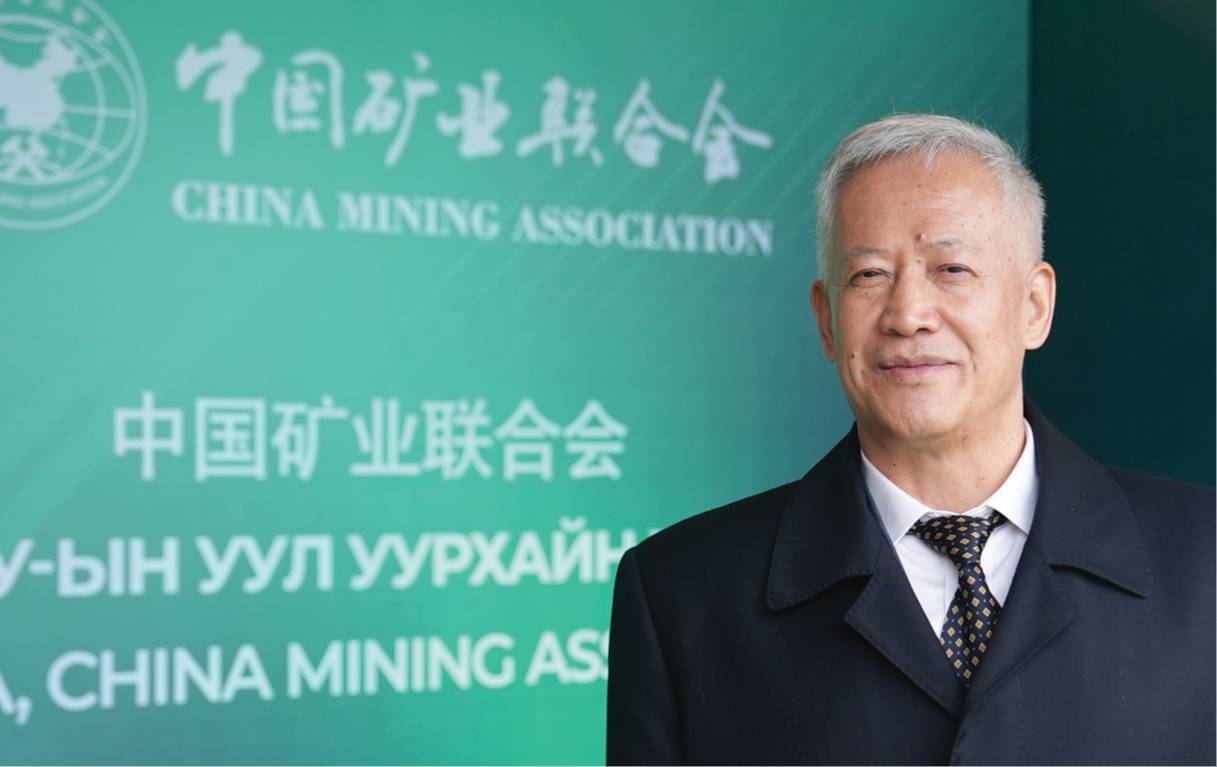
The participation of mining associations from China and Canada in Mining Week & MinePro 2025—Mongolia’s largest mining sector event—marked a new chapter in international cooperation for the country’s mining industry. Notably, China took part as the event’s “Focus Country,” lending the occasion added significance.
On this occasion, we spoke with Mr. Che ChangBo, Secretary General of the China Mining Association, about current trends in the mining sector, key challenges, and opportunities for China–Mongolia cooperation.
What are the main goals and areas of focus for the China Mining Association?
Che ChangBo: The China Mining Association was established in 1990 by a decision of the State Council of the People’s Republic of China (PRC). Our work is centered on three core areas: first, serving mining enterprises; second, supporting government institutions; and third, contributing to society as a whole.
Our primary role is to act as a bridge—conveying the needs and proposals of mining companies to the government, while also communicating government laws, policies, and regulations back to the industry. Additionally, we promote advanced technologies and best practices across the sector, and actively support both domestic and international cooperation.
We also have a long-standing tradition of organizing the China International Mining Conference. This year marks the 27th edition of the event, which will be held from October 23 to 25 in Tianjin.
What changes are taking place in the mining sector in the 21st century?
Che ChangBo: Since the start of the 21st century, the global mining industry has entered a new phase of development. First, there is an increasing emphasis on balancing mineral extraction with ecological sustainability. Second, with the rise of new technologies and industries—and the rapid pace of the current industrial revolution—many minerals are now being recognized as strategic resources.
In line with the goals of the Paris Climate Agreement and the global transition toward clean energy, minerals such as lithium, cobalt, nickel, copper, manganese, and zinc have come under growing global attention.
What progress has China’s mining sector made in this direction?
Che ChangBo: The Government of the People’s Republic of China has made green exploration, green mining, and ecosystem restoration top priorities.
Today, many mining operations across the country are greening their sites and adopting science-based approaches—clear evidence that the industry is becoming more environmentally sustainable. This marks a significant advancement for the sector.
We have incorporated these practices into standards and regulations, as well as the Mineral Resources Law, ensuring they are supported by a strong legal framework. As a result, anyone observing China’s mining sector today can clearly see that it has moved well beyond its former image and entered a new phase of development.
What challenges does the mining industry face?
Che ChangBo: The primary challenge is that while companies aim to reduce costs, they must also change their traditional values and management practices, adapt to new conditions, and enhance their sustainability as they transition toward green mining.
Over the past decade, the number of mining companies in China has declined from over 100,000 to around 60,000. This reflects increased competition in the sector and the survival of only the most capable and sustainable operations.
Che ChangBo: In 2024, our two organizations signed a memorandum of understanding for cooperation for the first time, and this partnership is progressing well.
Looking ahead, we are very confident that we will deepen and expand practical cooperation on matters of mutual interest, making significant contributions to the mining sectors of both countries.
Che ChangBo: Chinese mining companies began their overseas operations in the 1980s, with activities intensifying from the early 2000s. Since then, the scale and volume of their investments have steadily expanded.
While Africa has been the largest investment region, significant investments have also been made in South America, Canada, Australia, Central Europe, the ten ASEAN countries, and Mongolia. In other words, it’s fair to say that Chinese mining companies operate in nearly every corner of the globe.
What areas of the mining industry are the focus of China’s investments?
Che ChangBo: The activity covers the entire industrial chain—from geological survey, exploration, and mining to mineral beneficiation, processing, and smelting.
In addition, the export of mining machinery and equipment is growing rapidly. Chinese banks operate in around 150 countries, providing essential financial support for these investments.
Chinese oil companies are also actively expanding their global presence, accounting for approximately 70% of worldwide extraction of oil, natural gas, and coal. Their overseas operations extend beyond drilling to include the full spectrum of oil extraction, processing, transportation, and related infrastructure construction.
Thank you very much for the interview and your valuable perspectives!